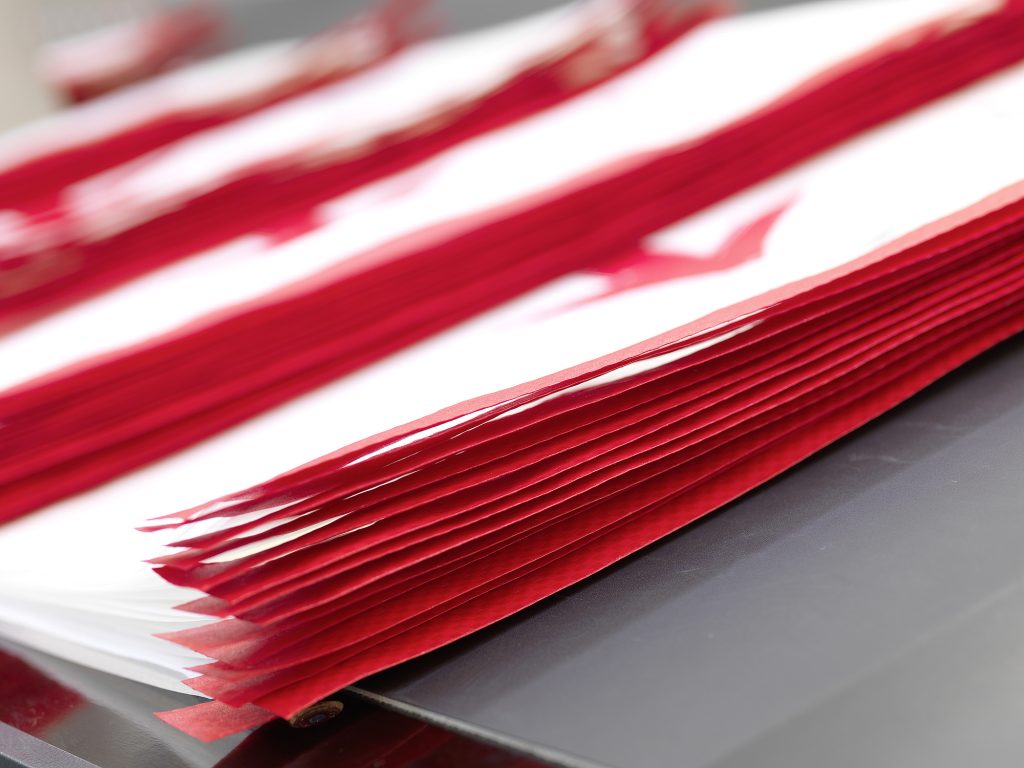
Introduction
The global woven polypropylene (PP) bags market, projected to reach $7.8 billion by 2030, hinges on advanced moisture-proofing technologies and stringent quality management systems to meet diverse industrial demands. For industries like agriculture, construction, and chemicals, moisture resistance is critical to preserving product integrity. This report explores how inner liners, coating technologies, and laminated outer layers enhance waterproofing, supported by data-driven case studies and compliance with international standards.
Moisture-Proofing Strategies: Materials and Techniques
Q: How do woven poly bags achieve reliable moisture resistance?
A: Three core methods dominate—inner liners, coatings, and laminated outer films—each tailored to specific environmental and regulatory needs.
- Inner Liners: PE and OPP Films
- Function: PE liners (20–25μm thickness) reduce moisture ingress to <0.5 g/m²/day (ASTM E96), ideal for hygroscopic materials like fertilizers or cement.
- Case Study: Xinfeng Packaging’s 50kg urea bags integrate 25μm PE liners with ultrasonic seals, reducing leakage by 90% in humid climates.
- Coating Technologies
- Material Innovation: Polyurethane-PE blends (e.g., 45% polyurethane, 15% PE) enhance adhesion strength by 40%, preventing delamination under stress.
- Example: A Chinese manufacturer reduced bag failure rates by 45% after adopting anti-aging coatings with UV stabilizers (UV-326) for outdoor storage.
- Laminated Outer Layers
- BOPP Films: Biaxially oriented PP films provide tensile strength ≥5.5 kN/m (ISO 13934-1) and reduce water vapor transmission by 60% compared to uncoated PP.
- Aesthetic and Functional Balance: Matte or pearlized films cater to branding needs while meeting EN 13590’s azo-free dye requirements for EU exports.
Quality Management Systems
Q: How do manufacturers ensure consistency in waterproofing performance?
A: Rigorous testing protocols and digital traceability systems are critical.
- Testing Standards: Parameter Test Standard Compliance Threshold Moisture Barrier ASTM E96 ≤0.5 g/m²/day Seam Strength ASTM F88 ≥4.0 kN/m UV Resistance ISO 4892-3 1,000 hours
- Digital Integration: Zhejiang Crown Packaging’s ERP system tracks raw material batches and production parameters, reducing defect rates from 5% to 0.8%.
Case Study: Multi-Layer Design for Extreme Conditions
Shandong Leihua’s “AquaShield” bags combine:
- Inner PE Liner: 25μm thickness for moisture blockage.
- Middle Rubber Buffer Layer: Absorbs impacts during stacking (tested for 8-layer pallets).
- Outer BOPP Film: Matte finish with UV-326 additives for outdoor durability.
Result: 99.5% seal integrity after 1.5m drop tests (ASTM D5276) and 18-month shelf life in tropical climates.
Cost-Efficiency and Sustainability
Dialogue: Balancing Performance and Affordability
Q: Do premium coatings significantly increase costs?
A: Strategic material blending offsets expenses. For example, Vedhaa Polypack uses 30% recycled PP in laminated bags, cutting raw material costs by 18% while maintaining EN 13432 compostability standards.
Q: How to reduce waste in production?
A: Starlinger’s AD*STAR® machines achieve zero material waste via laser-guided cutting, saving $120,000 annually for mid-sized factories.
FAQs and Technical Insights
Table 1: Key Parameters for Moisture-Resistant Woven Bags
| Parameter | Material Option | Compliance Standard |
|---|---|---|
| Inner Liner Thickness | PE 25μm / OPP 30μm | FDA 21 CFR |
| Coating Composition | PU-PE Blend | ISO 22000 |
| Outer Film Type | BOPP Matte | EN 13590 |
FAQs
- Q: How to verify coating adhesion strength?
- A: Conduct peel tests per ASTM D903, targeting ≥3.5 N/mm².
- Q: Are biodegradable liners effective for moisture control?
- A: Yes. PLA-based liners achieve ≤1.2 g/m²/day transmission but require thicker layers (35–40μm).
Future Trends: Smart and Circular Solutions
- IoT-Enabled Bags: RFID tags monitor real-time humidity, reducing spoilage by 15% in transit.
- Chemical Recycling: Pilot projects by Vedhaa Polypack convert post-consumer PP into food-grade resin, slashing virgin material use by 50%.
External Resources:
- Explore advancements in moisture-proof woven bags for tailored solutions.
- Learn how multiwall laminated designs enhance durability and compliance.
By integrating cutting-edge materials, precision engineering, and digital oversight, woven poly bags are redefining reliability in industrial packaging. As sustainability and automation reshape the sector, manufacturers prioritizing rigorous quality management will lead the next wave of innovation.